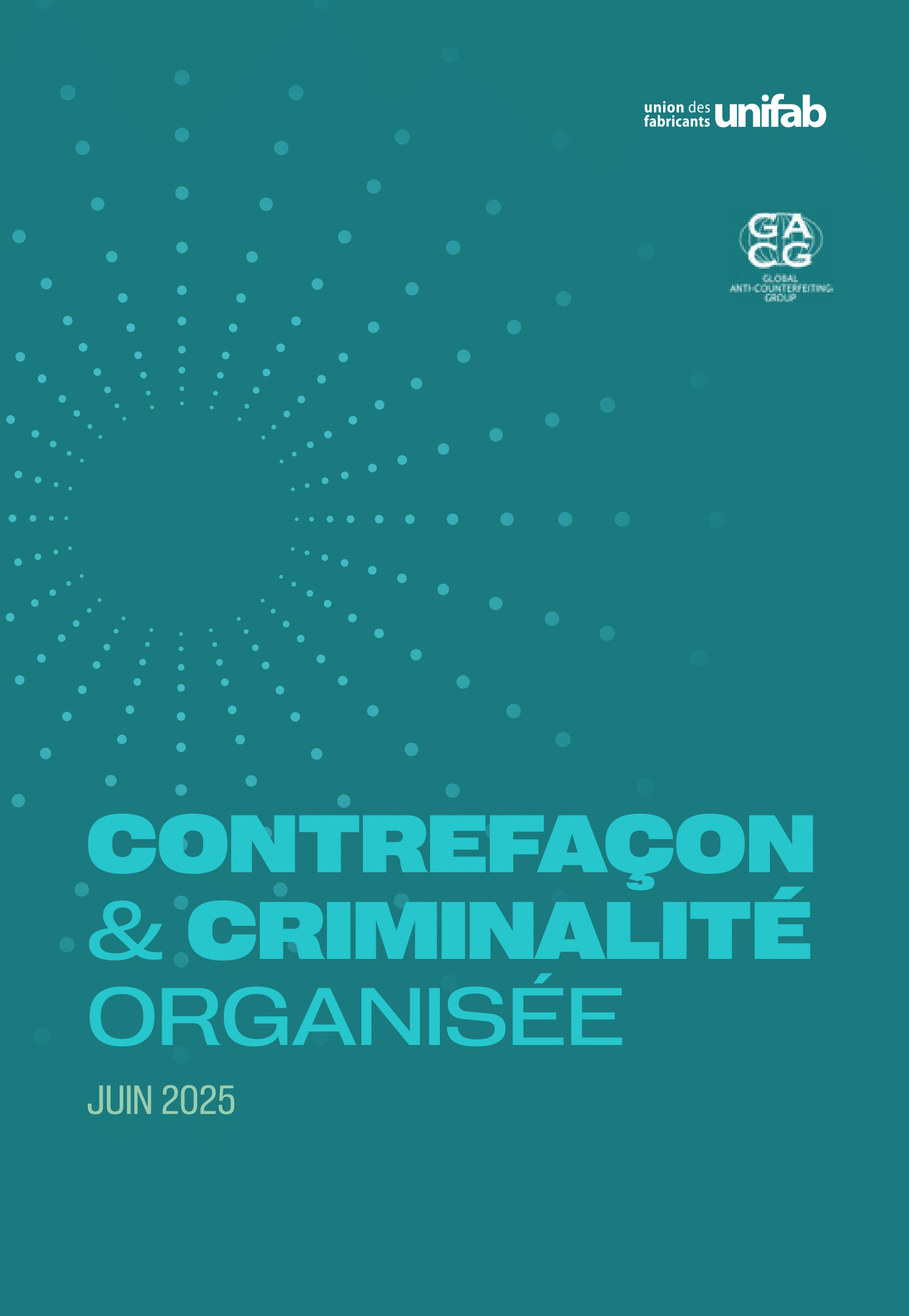Well-known trademarks should obtain that legal status before initiating counterfeiting actions in Colombia
The Colombian Trademark Office (CTO) is the most important player when it comes to protecting trademarks in Colombia, given that it’s not only in charge of prosecution proceedings, but it also has court jurisdiction and handles infringement proceedings.
Although that could meansthat the CTO officers acting as judges and handling infringement actions might indeed be considered as specialized in these matters, we sometimes come across incongruous interpretations of the law, as in the case of protecting well-known trademarks.
Namely we refer to CTO officers in jurisdictional function that apply a rather peculiar interpretation of article 224 of Decision 486 CAN (D486). This norm defines well-known trademarks as follows: “Are considered well-known signs those recognized as such in any Member Country by the relevant sector, regardless of the manner or means by which it had become known.”
According to this « special » interpretation of this court, the word “recognized” included in Article 224 D486 really translates as “recognized by a trademark examiner and declared so in an administrative resolution issued by the Trademark Office”. Otherwise, the trademark object of the infringement action will be considered as a regular trademark as the officers consider they do not have the authority to declare whether a trademark is well-known or not, a function they consider that is exclusive to the administrative head of this authority.
This rather odd interpretation bears heavy consequences for trademark owners: Firstly, to obtain a declaration from the CTO of the well-known status of a trademark is a rather complex proceeding, which may take longer than an infringement action to be solved and should therefore be initiated in advance.
Secondly, it affects greatly the infringement action in itself, as the statute of limitation for well-known trademarks is extended from two years for regular trademarks to three years for well-known ones, and a wider range of conducts are prohibited and may be the subject of remedy, for instance for well-known trademarks the damages could double.
Given all of the above, trademark owners which brands could comply with this should seek before the CTO the declaration of the well-known status of their signs on a regular basis in order to make sure that they are fully protected in case of infringements.




